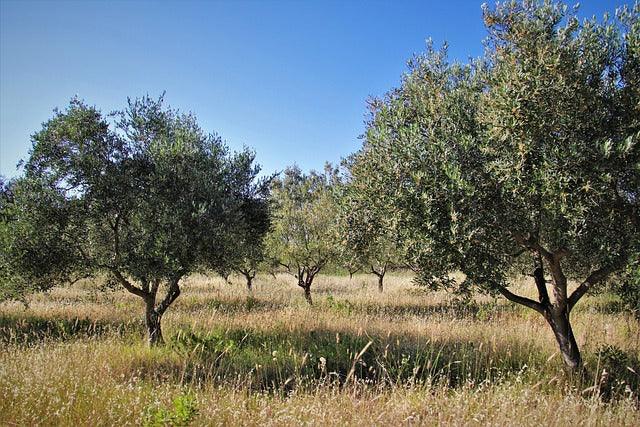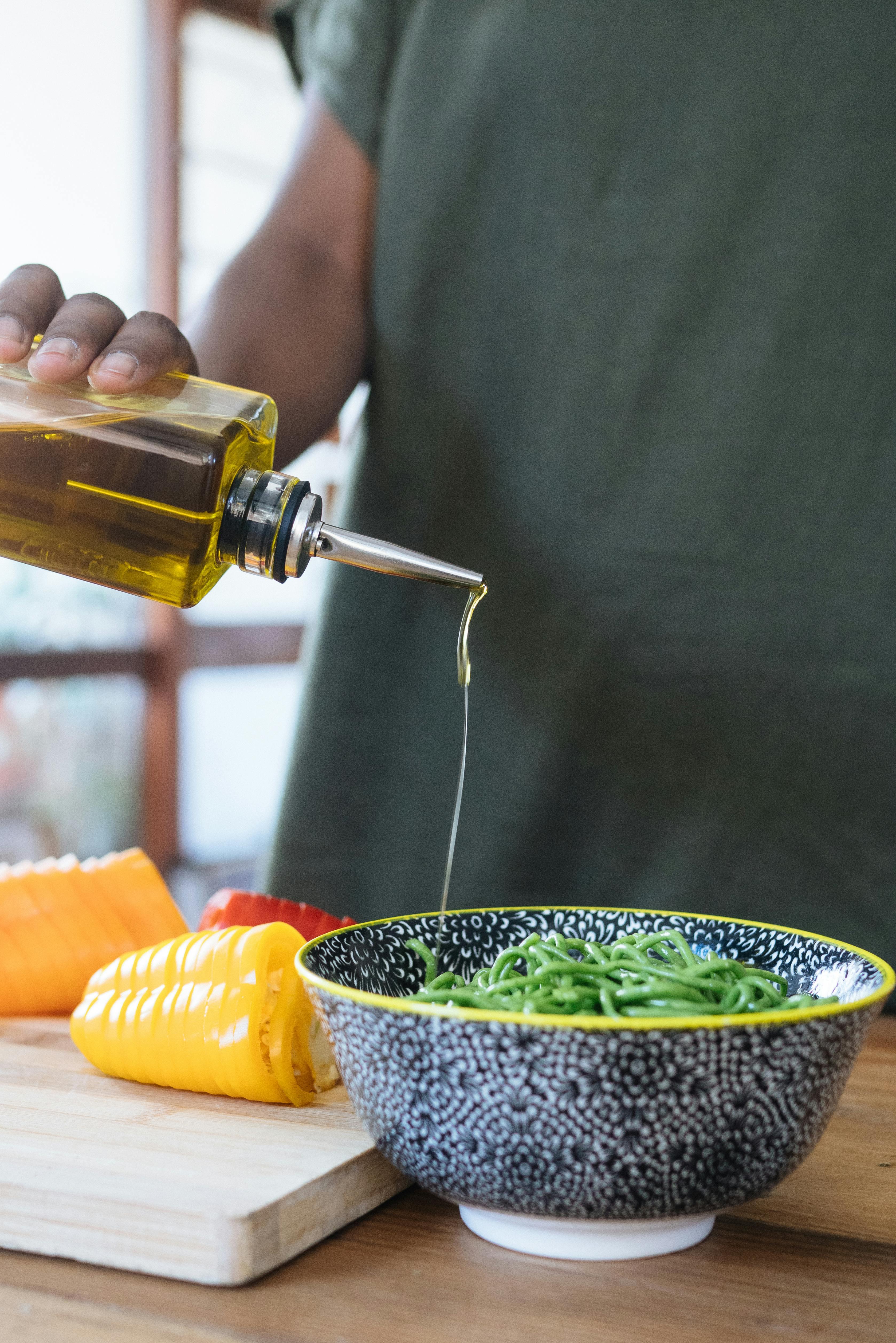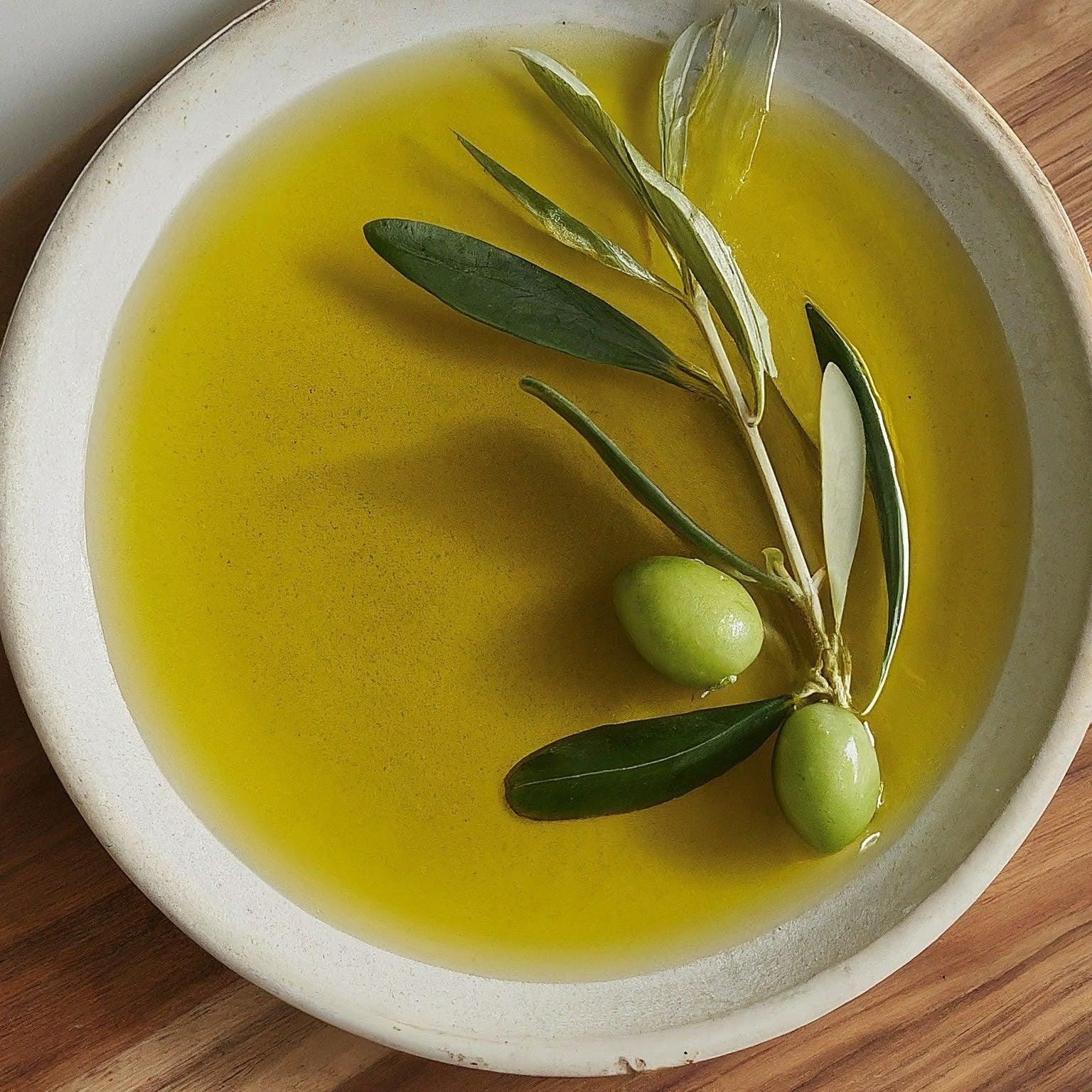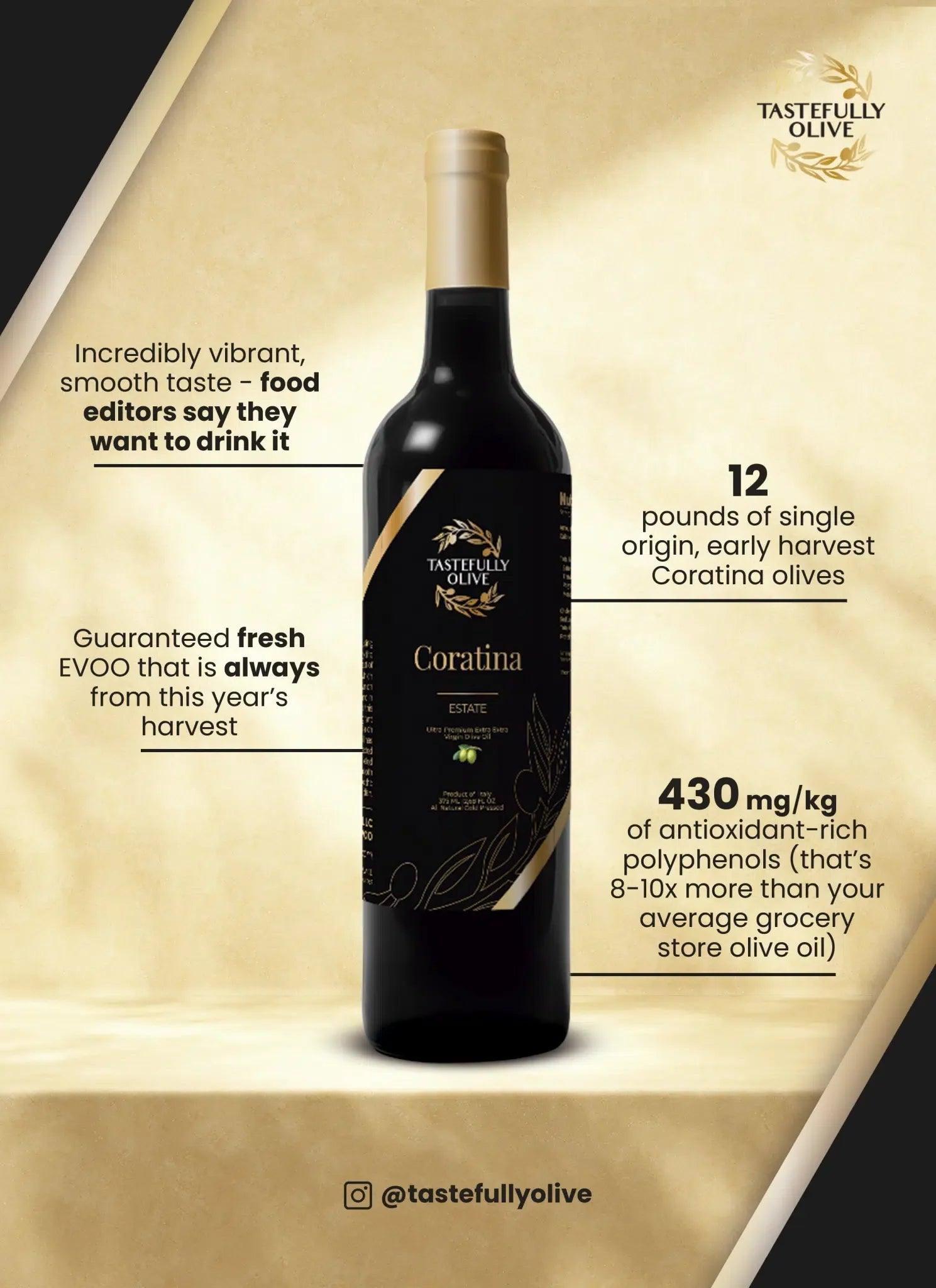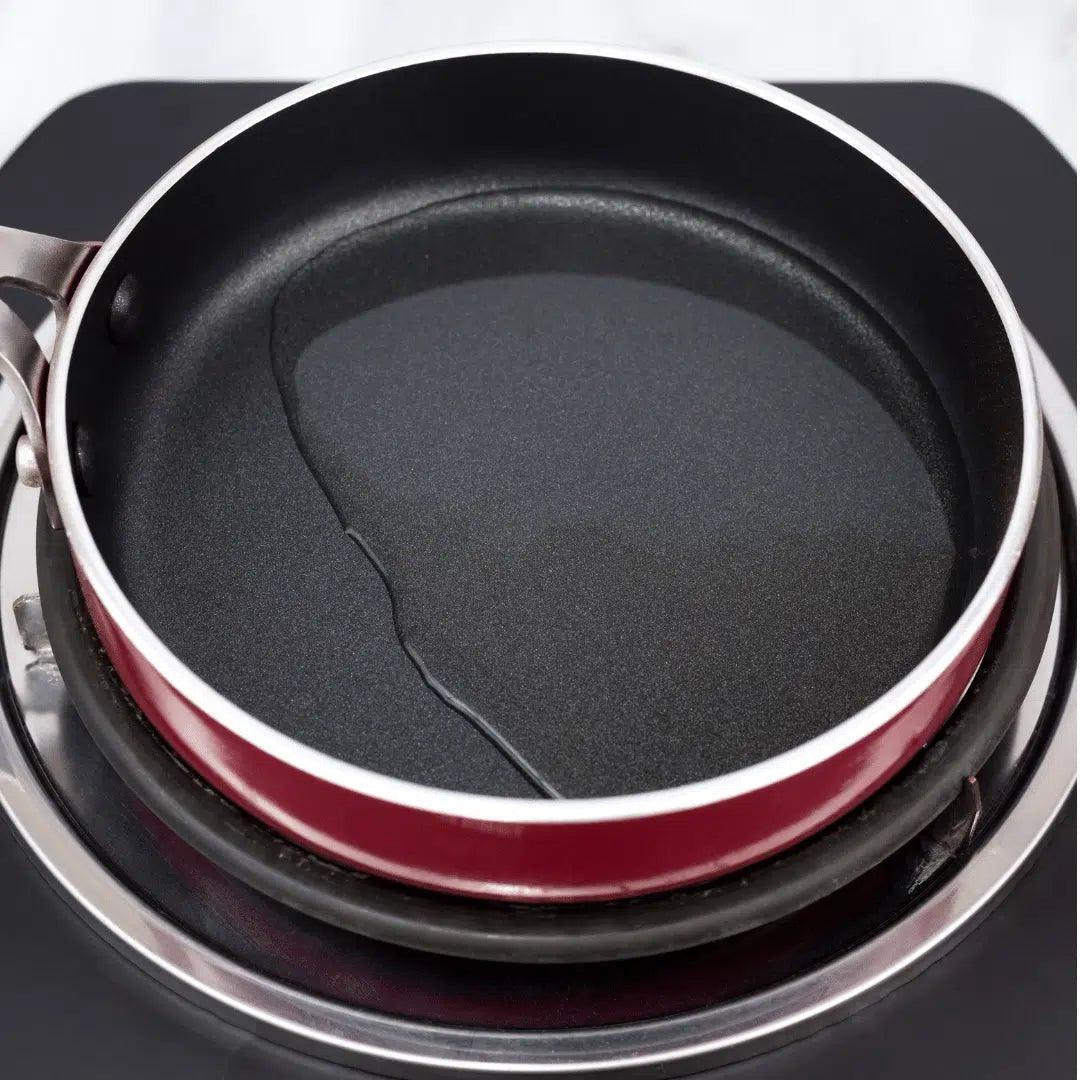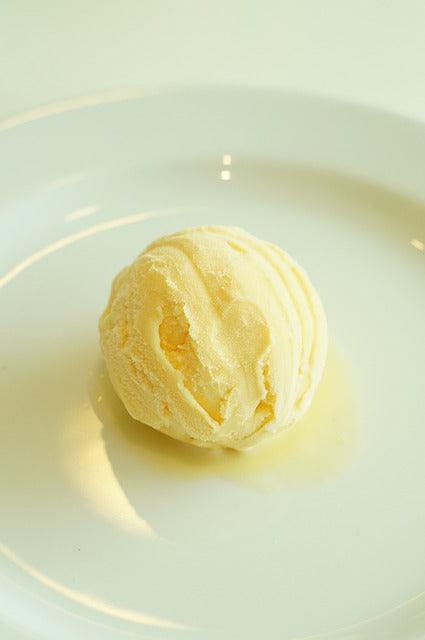Vinegar is a staple in kitchens around the world, known for its sharp taste and versatility in cooking and cleaning. Among the many varieties, balsamic vinegar stands out due to its unique flavor profile and culinary uses. Although both are types of vinegar, there are significant differences between them in terms of production, taste, and applications.
Production Process
Vinegar
The production of vinegar involves the fermentation of ethanol by acetic acid bacteria. This process can start with a variety of alcohols, including wine, cider, or beer. The ethanol is converted into acetic acid, which gives vinegar its characteristic sour taste. Common types of vinegar include white vinegar, apple cider vinegar, and wine vinegar. The simplicity of the production process makes regular vinegar widely available and relatively inexpensive.
Balsamic Vinegar
Balsamic vinegar, particularly traditional balsamic vinegar (Aceto Balsamico Tradizionale), has a much more intricate and time-consuming production process. It is made from the concentrated juice, or must, of white grapes, primarily Trebbiano grapes. The must is cooked down to create a thick syrup, which is then fermented and aged in a series of wooden barrels for a minimum of 12 years. This aging process allows the vinegar to develop complex flavors and a rich, dark color. The result is a product that is often more expensive and highly prized by chefs and food enthusiasts.
Taste and Texture
Vinegar
Regular vinegar is known for its sharp, acidic taste and watery consistency. The flavor can vary slightly depending on the base ingredient, but it generally provides a strong, tangy bite. This makes it suitable for pickling, marinades, salad dressings, and as a cleaning agent.
Balsamic Vinegar
Balsamic vinegar offers a distinct taste experience. It is sweeter and more complex, with notes of figs, cherries, chocolate, or prunes, depending on the aging process and the types of wood used in the barrels. The texture is thicker and syrupy compared to regular vinegar. These characteristics make balsamic vinegar ideal for drizzling over salads, fresh fruits, cheese, or even desserts.
Culinary Uses
VinegarThe sharp acidity of regular vinegar makes it a versatile ingredient in cooking and preserving. It is commonly used in:- Pickling: The acidity helps preserve vegetables and fruits.- Marinades: It can tenderize meat and enhance flavor.- Salad Dressings: Often mixed with oil, herbs, and spices.- Cooking: Adds a tangy flavor to dishes like coleslaw and sauces.- Cleaning: Its acidic nature makes it effective for household cleaning tasks.Balsamic VinegarBalsamic vinegar's unique flavor and thicker consistency lend themselves to more refined culinary applications. Common uses include:- Salads: Drizzled over fresh greens, often with olive oil.- Marinades: Adds depth to the flavor of meats and vegetables.-Glazes: Reduced to a syrup and used to glaze dishes like roasted vegetables or grilled meats.- Desserts: Poured over strawberries, ice cream, or even used in baking for a sweet and tangy twist.- Gourmet dishes: Enhances the flavor of cheeses, fruits, and even savory dishes like risotto.
Nutritional Value
Both types of vinegar have low calorie counts and no fat, making them healthy choices for adding flavor without adding extra calories. However, balsamic vinegar contains sugars from the grape must, which contributes to its sweetness. It also has antioxidants and minerals that can offer additional health benefits.
Conclusion
While both vinegar and balsamic vinegar share a common acidic base, they are distinct in their production, taste, texture, and uses. Regular vinegar is a versatile and inexpensive kitchen staple, valued for its sharp acidity and functionality. In contrast, balsamic vinegar is a gourmet product, prized for its complex sweetness and rich flavor, resulting from a lengthy and meticulous aging process. Understanding these differences allows you to choose the right type of vinegar for your culinary needs, enhancing the flavors and experiences of your dishes.
To learn more about the rich history and benefits of olive oil, check out these additional resources:
- Health Benefits of Olive Oil
- The Mediterranean Diet Guide
External Links:
- Harvard T.H. Chan School of Public Health: The Nutrition Source
- Healthline: 11 Proven Benefits of Olive Oil
These links provide valuable information and insights that can enhance your understanding and appreciation of olive oil's historical and contemporary significance.


